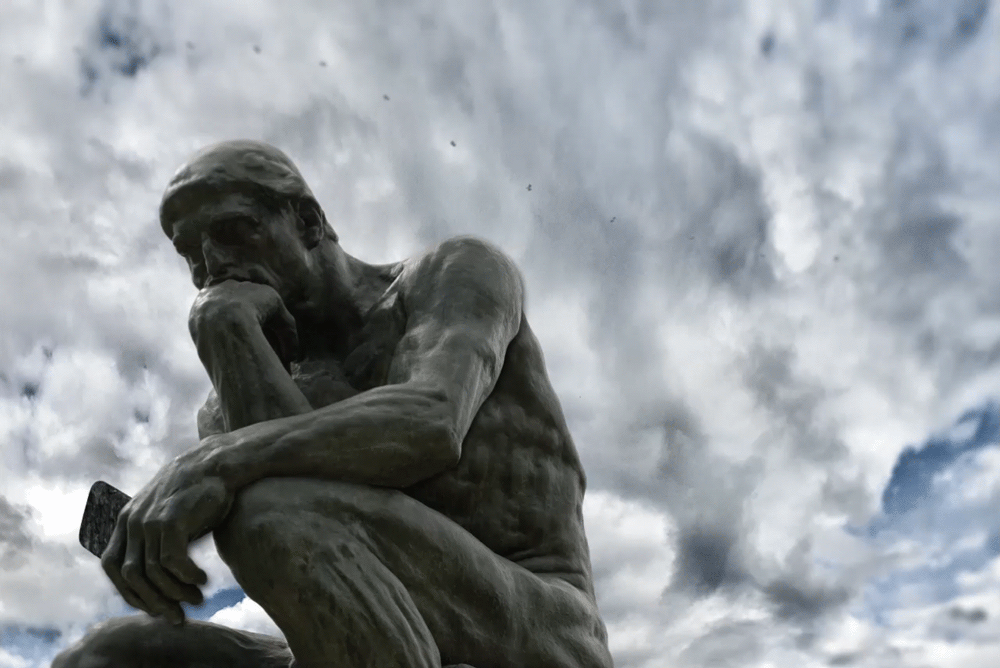I don’t remember the Keller Independent School District making national headlines when I was a student here in the 1980s. Even back then, this North Texas community — which began with a railroad extension from Fort Worth in the 1850s — was growing.
But in my time at Keller High School, then the district’s only high school, Keller was still more farm town than burgeoning suburb. We had one grocery store along U.S. 377 and no McDonald’s — I drove to nearby North Richland Hills to flip Quarter Pounders my junior and senior years.
An old gray water tower that proclaimed “Keller: Home of the Indians” greeted visitors to our town, referring to the school mascot. I edited the student newspaper The Wigwam, played sousaphone in the marching band and graduated 23rd in a class of about 300 in 1986. The next year, our former drum major, Michelle Royer, won the Miss USA Pageant — the biggest news I recall from those days.
My parents still live in the area, so I visit frequently and have witnessed Keller’s explosive growth, including multiple exits along Interstate 35.
This week, I’ve watched with interest as the Keller school district’s decision to remove 41 books from its libraries, including the Bible and an illustrated version of “Anne Frank’s Diary,” has made headlines everywhere from the Texas Tribune to the New York Times. What in the world is happening?
Basically this: The national culture wars have come to the local school board. And not just in Keller.
A previous Plug-in highlighted stories by the Fort Worth Star-Telegram’s Emily Brindley and The Tennessean’s Liam Adams on school board candidates campaigning on Christianity and conservatism.
Each of the books pulled in Keller — including the Bible — was challenged by a parent, lawmaker or other community member in the last year, USA Today’s Jeanine Santucci reports.
The Washington Times’ Mark A. Kellner points out:
“Anne Frank’s Diary: The Graphic Adaptation” is an illustrated version of the bestselling classic written by a young Jewish girl in the Netherlands as she and her family hid from Nazi occupation forces. The story ended when the Franks were captured and sent to concentration camps; Anne and her sister Margot died, most likely of typhus, in the Bergen-Belsen camp. Her father Otto survived and published the diary, which had been hidden by his secretary, after the war.









